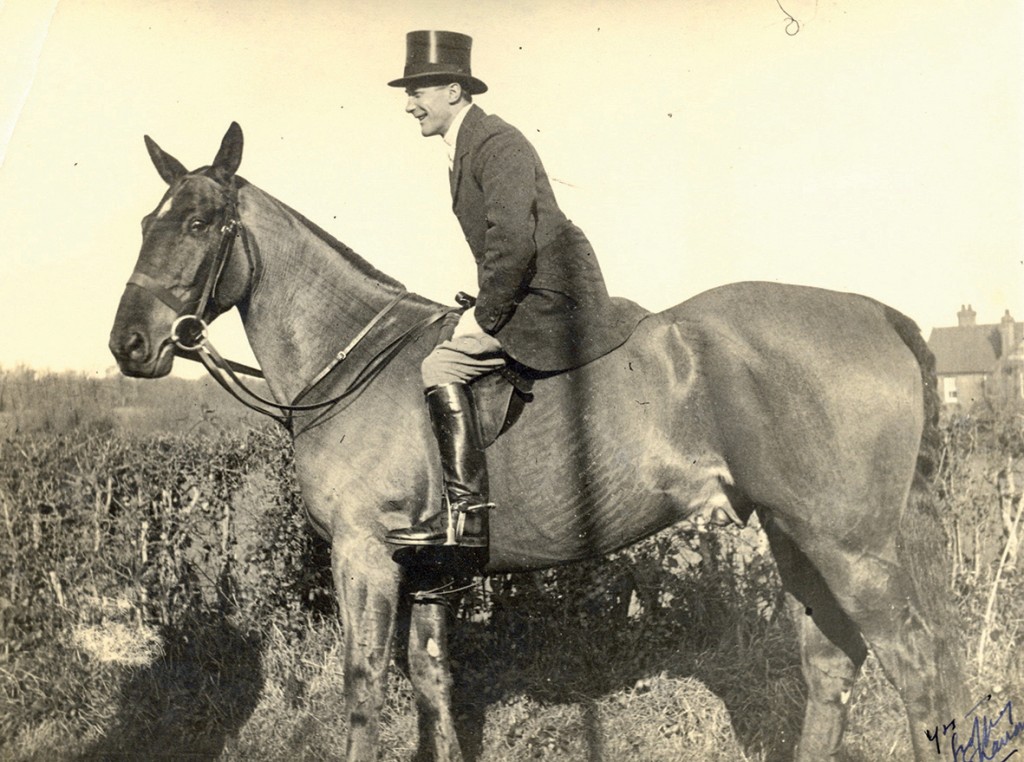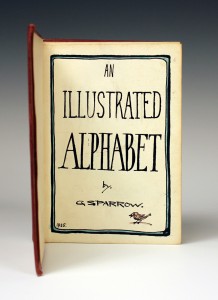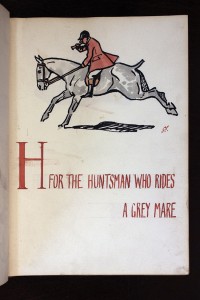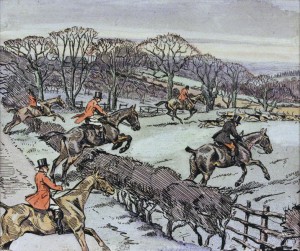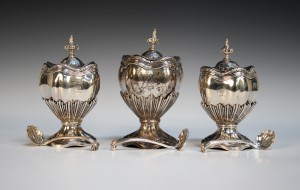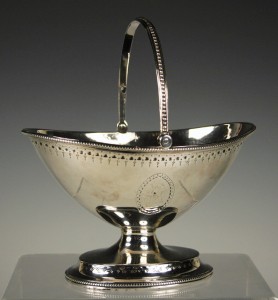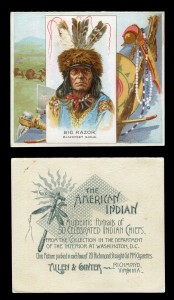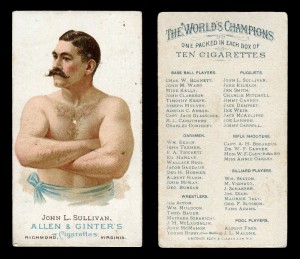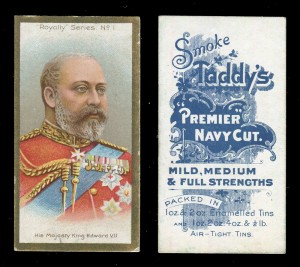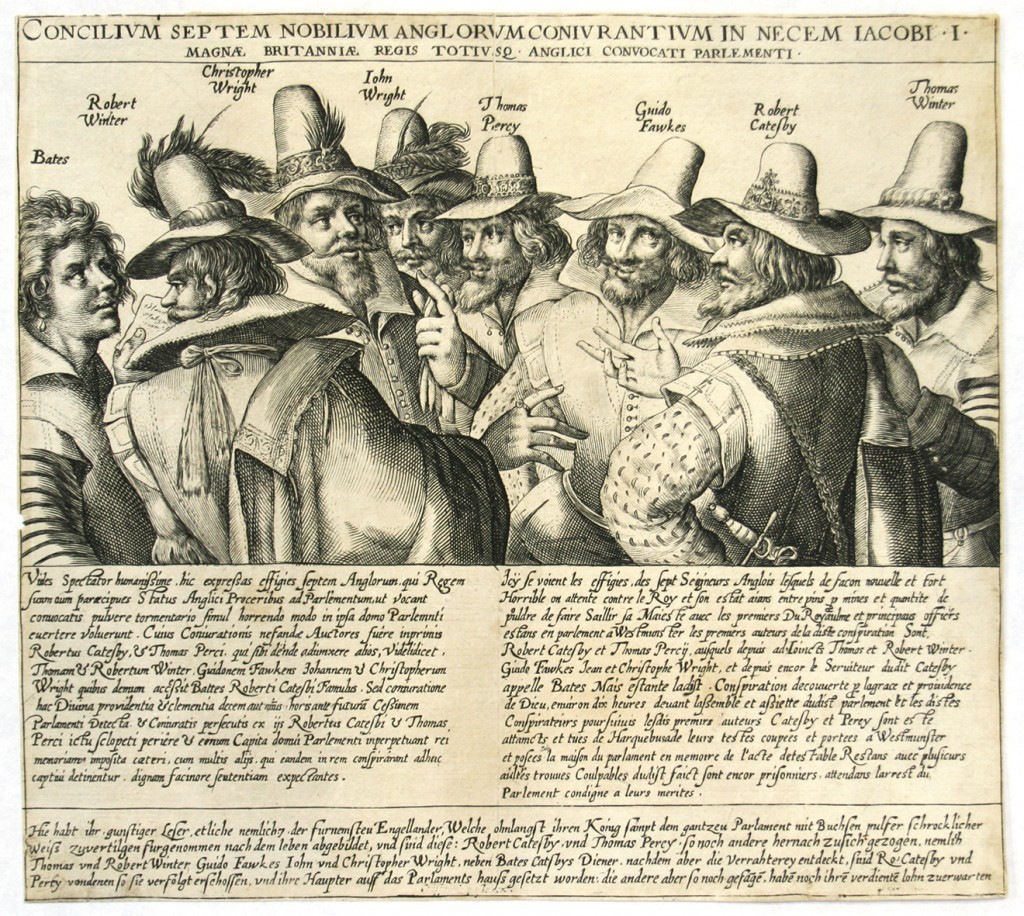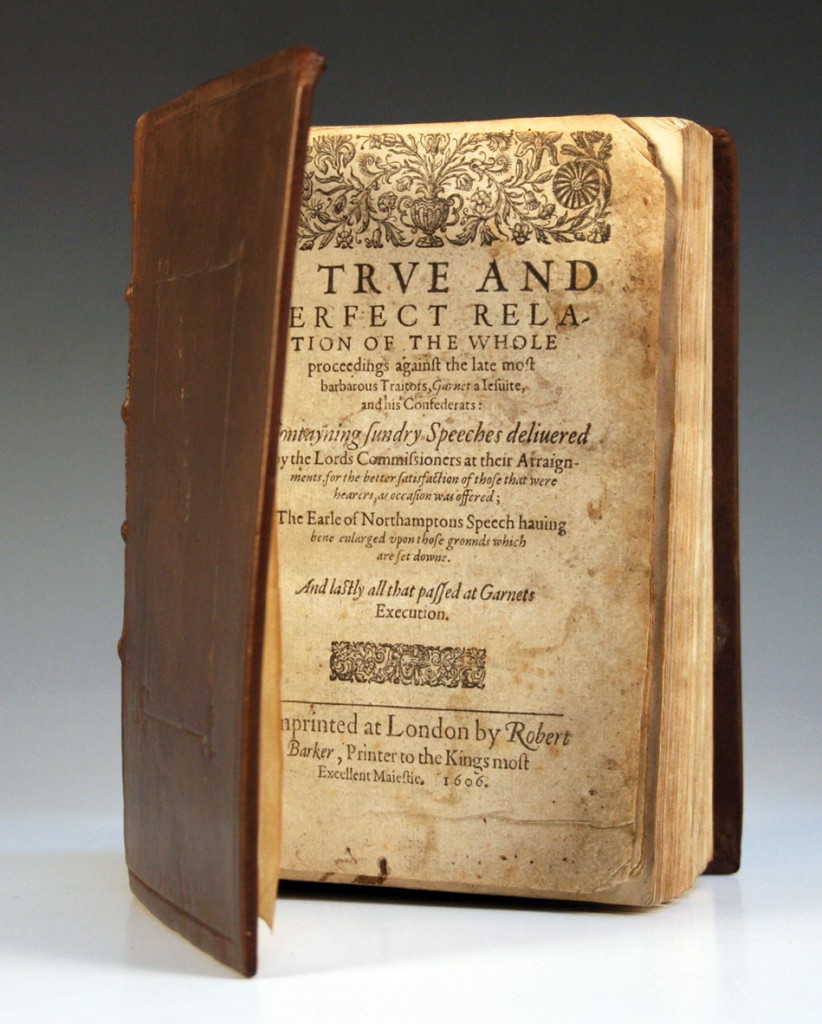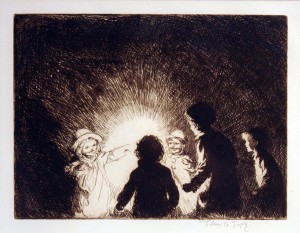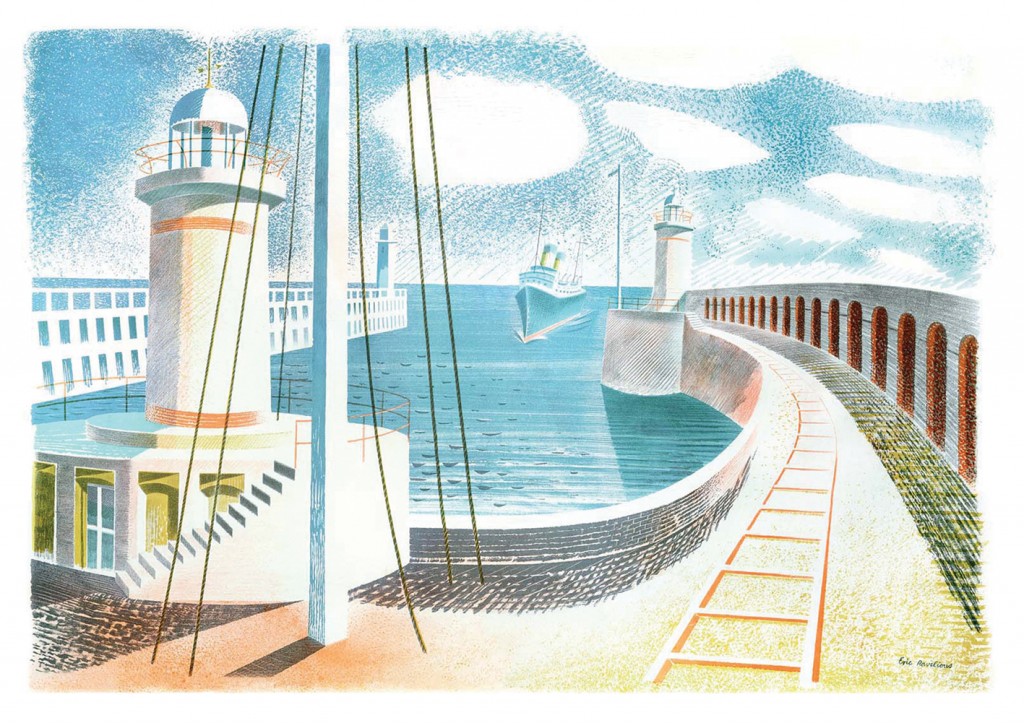
An intimate exhibition of prints by the artist Eric Ravilious, who lived and worked in Sussex, is on show at Pallant House Gallery in Chichester until 8th December. The exhibition highlights prints and book illustrations from Ravilious’ oeuvre. His work is rooted in the landscape and life of pre-war and early wartime England, especially the South Downs where he grew up.
Eric Ravilious was born in 1903. As a very young boy he moved with his parents from Acton to Eastbourne in Sussex. There his father ran an antique shop. Ravilious was educated at Eastbourne Grammar School. In 1919 he won a scholarship to Eastbourne School of Art and in 1922 to the Royal College of Art (RCA) in London, where he met his lifelong friend and fellow artist Edward Bawden. Both men studied under the artist Paul Nash at the RCA. Nash was generous in encouraging and promoting their work and he helped Ravilious to acquire some of his first commissions for prints and book illustrations. Ravilious subsequently taught part-time at both art schools.
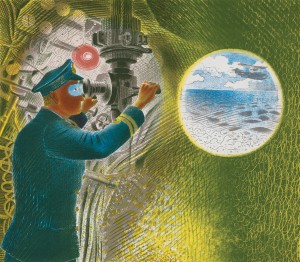
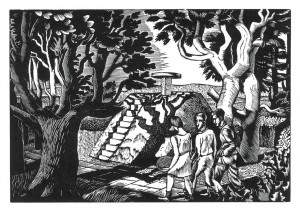
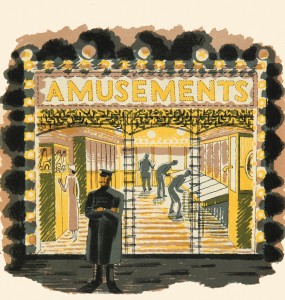
Alan Powers, in his excellent and beautifully illustrated new monograph Eric Ravilious, Artist and Designer, maintains that “Ravilious was a printmaker and illustrator first and a painter afterwards”. Ravilious was to excel in both mediums. Certainly, the exceptional textural quality he gives to the play of light upon surfaces is given life through his characteristic use of line and colour.
The print Newhaven Harbour perfectly illustrates Ravilious’ strong connection with Sussex. Here the westerly wind causes the clouds to move across the sky and the light dances on the gentle incoming tide, which brings an ocean liner safely to harbour. Texture, light and movement connect the artist’s work to the English Romantic tradition but with a particular and fresh voice. It is at once figurative and yet highly stylized. The life in this print is made possible by the process of autolithography, which was being promoted by the Curwen Press and others in the 1930s. This process allowed the artist to draw directly on to stone or printing plates, rather than relying upon an intermediary to transfer the image from a drawing. It is evident that Ravilious was trying to recapture his watercolour. The small brush strokes demanded by the viscous lithographic ink are combined with the effects of sponging in the treatment of the sky. There is a hopeful, joyous air to the scene depicted in this large poster-size print.
The mood of the pre-war Newhaven Harbour contrasts with the lithograph Commander of a Submarine looking through a Periscope from 1941. Here, the view from the periscope is abstracted into the shadows of the submarine, the flash of blue connecting this vignette to the commander’s eyes.
Wood engraving was Eric Ravilious’ first medium for print. It allowed for fine lines to be drawn against the black ground. The revival of wood engraving in the early 20th century provides a connection to 18th century artists like Thomas Berwick and William Blake, and to 19th century artists of the Arts and Crafts Movement, who worked in the same medium. By 1927, the date of the wood engraving Manor Gardens, Ravilious displays the line, flecking and crisp edging which define his woodblocks.
Illustrations by many artists are often viewed as being secondary to other aspects of their output. With Ravilious, however, his consistent and particular voice always shines through. Take, for example, the illustration Amusement Arcade from the book High Street, published by Country Life in 1938. Once again the luminosity of light is created by line and tone, creating an image of an arcade at night which is alive with movement and texture.
Entrance to this jewel-like exhibition is free and it is on show until 8th December 2013 at Pallant House Gallery, Chichester. Further details of this and the gallery’s other current exhibitions (which are really worth the ticket price) can be found at www.pallant.org.uk. The Pallant House Bookshop has copies of Eric Ravilious Artist & Designer at a special price to visitors of £30 – the perfect start to your Christmas shopping!
By Revd. Rupert Toovey. Originally published on 27th November 2013 in the West Sussex Gazette.
